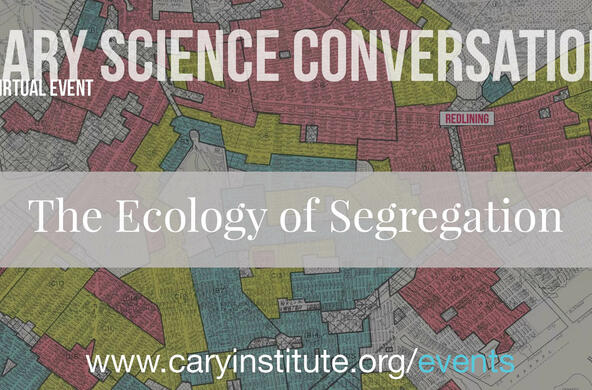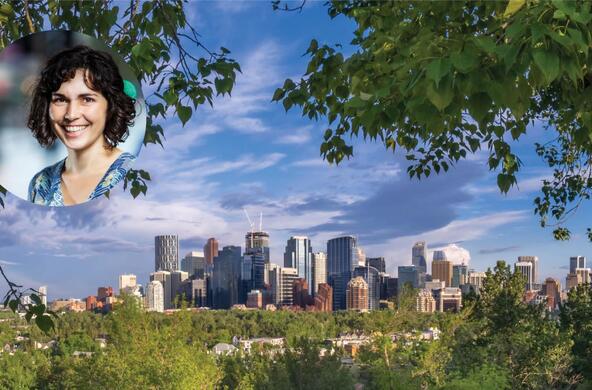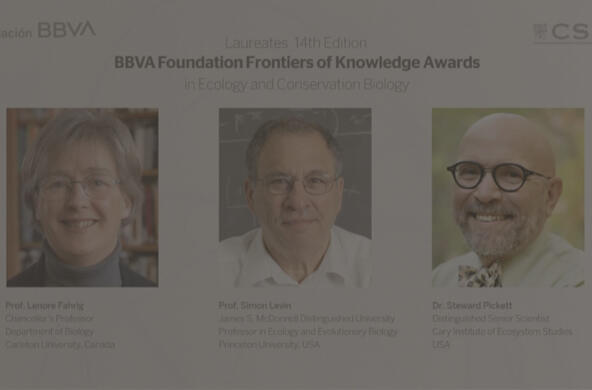Steward Pickett’s roots are in plant ecology. From abandoned agricultural fields in New Jersey to the South African savannah, his work explores vegetation dynamics. Since 1997, his primary field site has been a city. As director of the Baltimore Ecosystem Study, he leads an ambitious, multi-partner effort looking at how urban areas function as ecosystems.
What is urban ecology?
It’s like ecology, except that it includes people, the resources they use and dispose of, and the things they build. The interplay between the built and natural components makes it exciting. As a researcher, there is joy in discovering what makes the urban environment tick; historically speaking, it’s been neglected by ecologists. Also, urban ecology has a role to play in improving human well being.
What is a Long-Term Ecological Research (LTER) program?
Twenty-six LTERs are funded by the National Science Foundation, which recognized that to understand ecosystems, it’s essential to have long running studies, on the order of 50 years or more. The Baltimore Ecosystem Study is one of two LTERs in an urban area.
Why Baltimore?
There are 6,000 acres of parkland; these big green spaces are perfect monitoring sites. Also, Baltimore is on a clearly defined watershed—what happens there impacts streams, rivers, drinking water, and the Chesapeake Bay. The city’s vitality was also attractive. There is government and community engagement about the environment, and the intellectual capital needed for a venture that includes social scientists, geographers, designers, lawyers, and historians, among others.
What are three things that everyone should know about urban ecosystems?
First, they contain four key components: 1) the physical environment, including soil, air, and water; 2) non-human life, ranging from microbes to birds; 3) people, their institutions, and conventions; and 4) the built environment, such as roads and buildings.
Second, processes we associate with natural areas go on in cities. Plants grow, organic matter decomposes, and water transports nutrients and contaminants. Streams harbor invertebrates and fish, air carries particles and gasses, some of which affect human health, and animal diseases are spread to humans.
Lastly, urban ecology can help reveal and remedy unintended consequences of management decisions, human values, and economic constraints. Simply put, our insights can improve the lives of urban dwellers and the environments affected by urban waste streams.
As President of the Ecological Society of America (ESA), what is your goal?
I feel a responsibility to promote research, the next generation of ecologists, and connections with the larger world. I’m excited about Earth Stewardship, an initiative started by former ESA presidents Mary Power and Terry Chapin. It calls on ecologists to improve the knowledge available for caring for Earth’s ecosystems, and collaborate with other specialists to communicate and apply that knowledge.
What would be different about cities if they embraced ecology?
They could improve their capacity to contribute to sustainability. Given that more than half of humanity lives in urban areas, cities must be a part of the solution to the pollution and resource depletion problems facing our planet. Cities have efficiencies and creative capacities that should be able to help in this goal.
What is one thing everyone can do?
Remember that the ecosystem sustains you, even if you live in a city. And our actions, for better or worse, are felt downstream and downwind. Be a voice for efficiency—recycle, support public transportation, let decision makers know that ecosystem concepts have a place in development.





